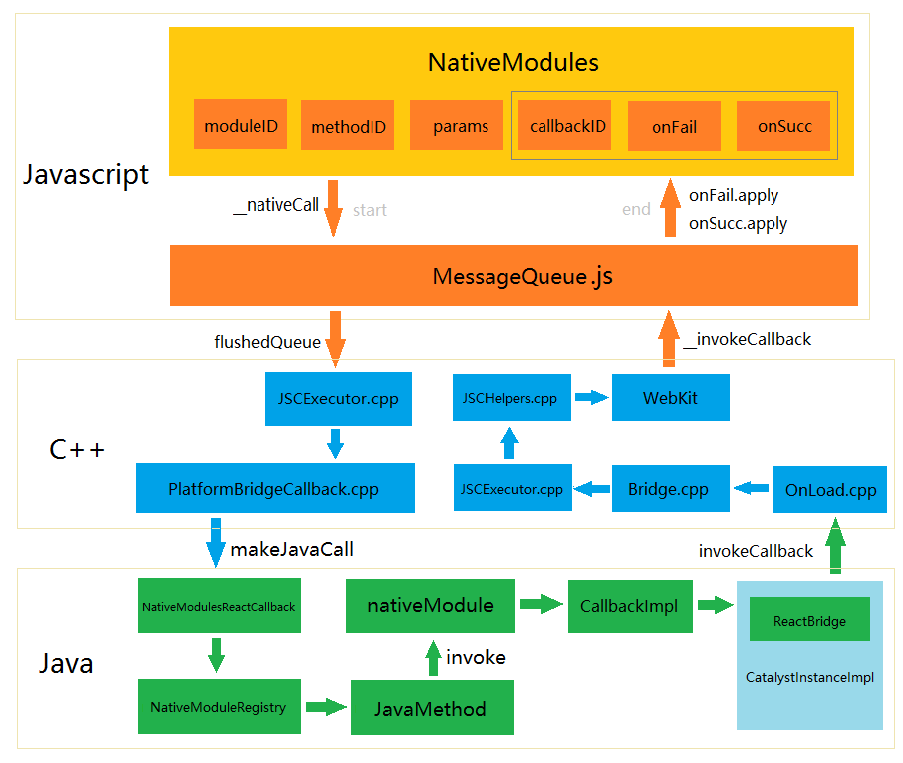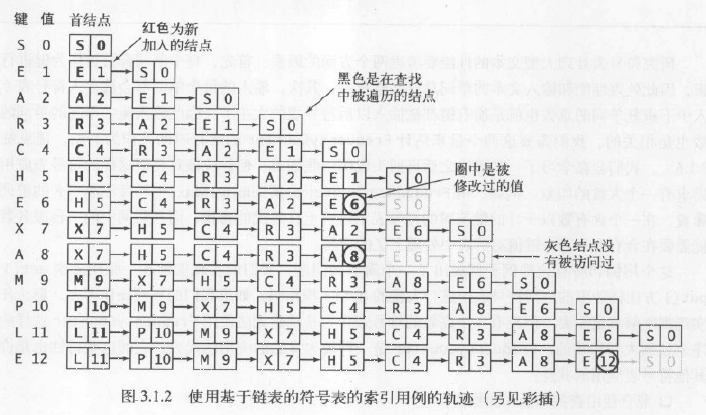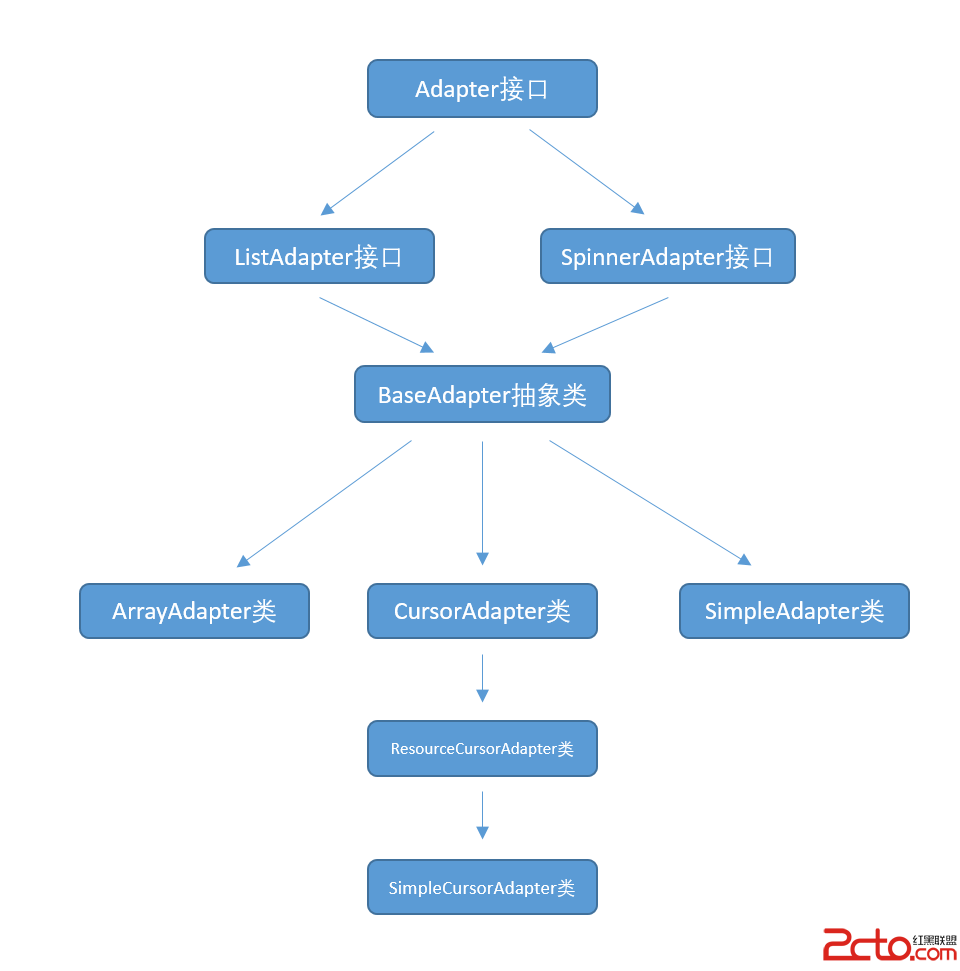編輯:關於android開發
一.原生OKHttp的Get和Post請求
1.OKHttp_GET 請求
private String get(String url) throws IOException {
Request request = new Request.Builder()
.url(url)
.build();
Response response = client.newCall(request).execute();
return response.body().string();
}
2.OKHttp_POST 請求
private String post(String url, String json) throws IOException {
RequestBody body = RequestBody.create(JSON, json);
Request request = new Request.Builder()
.url(url)
.post(body)
.build();
Response response = client.newCall(request).execute();
return response.body().string();
}
二.第三方封裝好的OKHttp庫-okhttp-utils
 Android開發Tips(2)
Android開發Tips(2)
Android開發Tips(2) 1. Dagger2的開發順序 Module -> Component -> Application 首先模塊(Modul
 釋放Android的函數式能量(I):Kotlin語言的Lambda表達式,kotlinlambda
釋放Android的函數式能量(I):Kotlin語言的Lambda表達式,kotlinlambda
釋放Android的函數式能量(I):Kotlin語言的Lambda表達式,kotlinlambda原文標題:Unleash functional power on An
 React-Native系列Android——Native與Javascript通信原理(三)
React-Native系列Android——Native與Javascript通信原理(三)
React-Native系列Android——Native與Javascript通信原理(三) 前面兩篇博客,詳細分析了Native與Javascript
 算法—7.無序鏈表中的順序查找,算法無序
算法—7.無序鏈表中的順序查找,算法無序
算法—7.無序鏈表中的順序查找,算法無序1.基本思想 符號表中使用的數據結構的一個簡單選擇是鏈表,每個結點存儲一個鍵值對,如算法中的代碼所示。get()的實現即為遍歷鏈表
 使用數據源碼解析Android中的Adapter、BaseAdapter、ArrayAdapter、SimpleAdapter和SimpleCursorAdapter
使用數據源碼解析Android中的Adapter、BaseAdapter、ArrayAdapter、SimpleAdapter和SimpleCursorAdapter
使用數據源碼解析Android中的Adapter、BaseAdapter